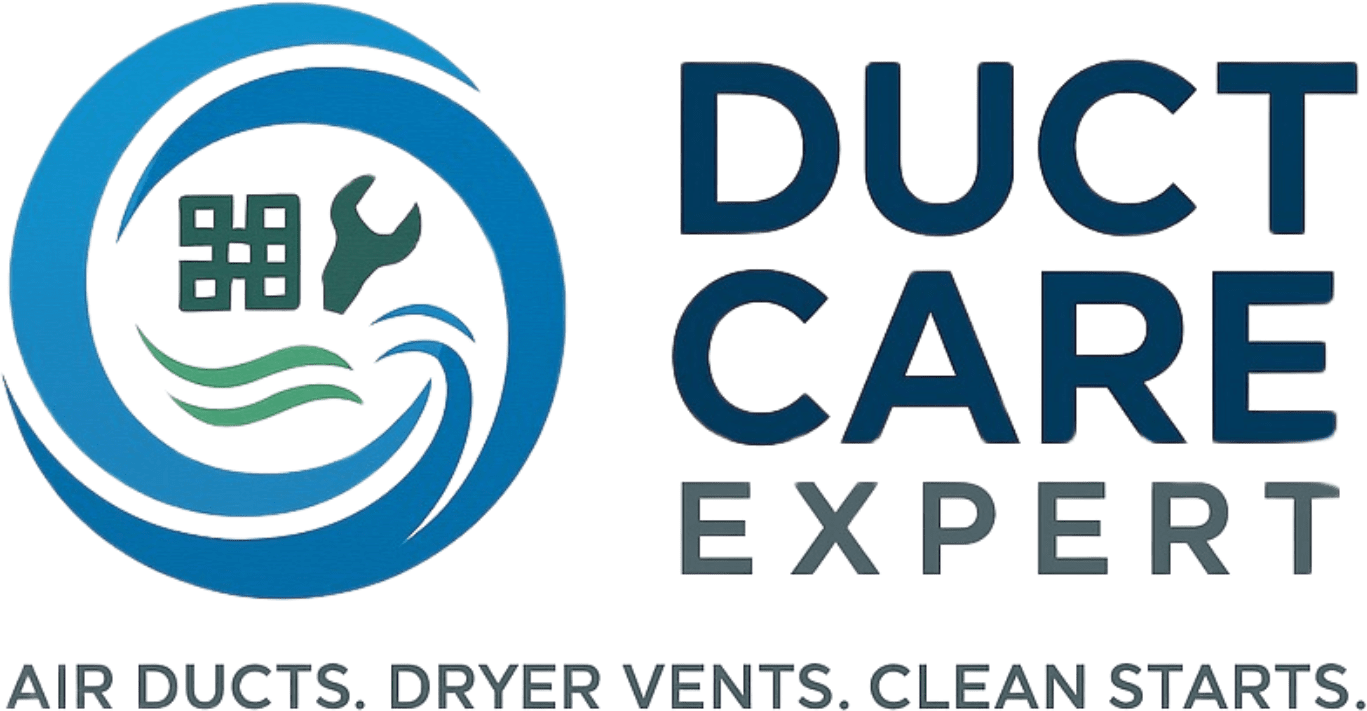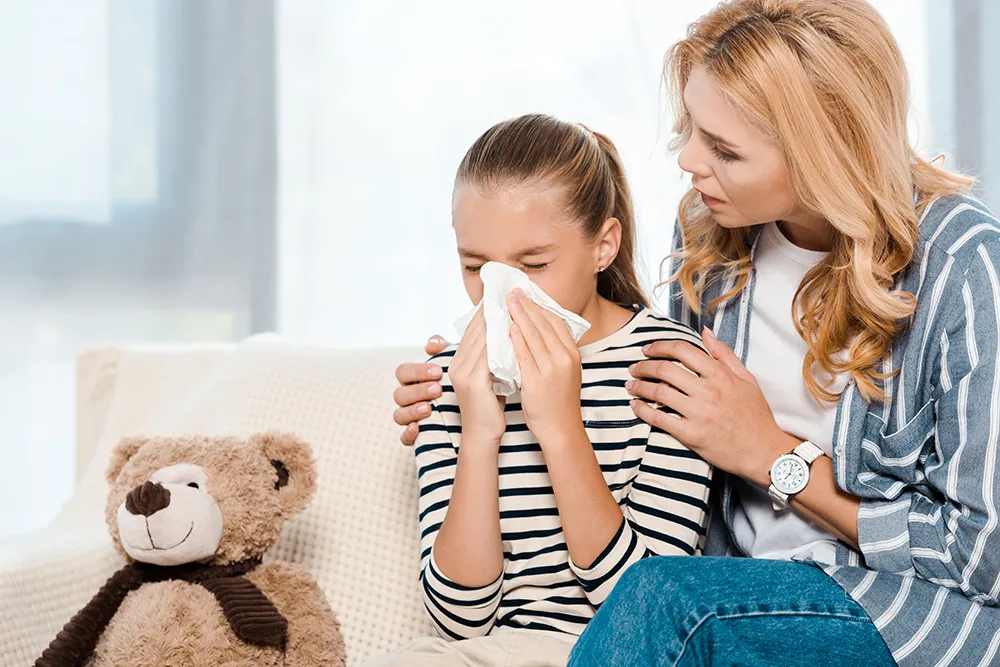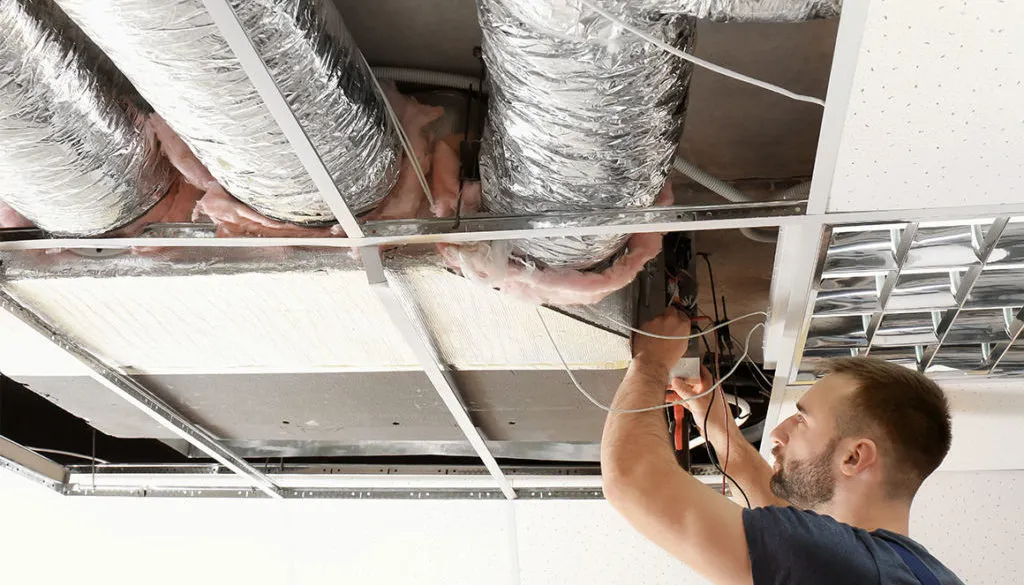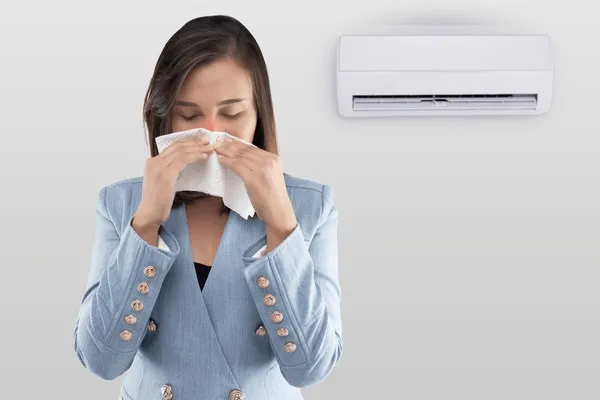
03 Jul
Clean systems become very vital to an individual’s well-being in places where individuals mostly are. The duct system forms a very important, but unnoticed, aspect of air quality control. Unless air ducts are professionally kept in check, they might contain dust, mould, and bacteria, which are harmful to health. These pollutants can later be released into the house and become a grave health risk to children, old people, or patients with a chronic respiratory system.
In this article, I will concentrate on the neglected hazards of unattended air ducts, their effect on the health situation, and measures that should be taken to promote the quality of the living environment and health of the inhabitants.
Understanding Air Duct Systems
What Are Air Ducts?
Air ducts belong to an HVAC (Heating, Ventilation, and Air Conditioning) system. They are designed to give out conditioned air (heated or cooled) in the house. In the summer season and air conditioning on, or in the winter with heating off, there is air movement in these ducts a number of times a day.
What Causes Air Ducts to Become Dirty
Besides the congestion dirt, the ducts are filled with pet hair, dander, pollen, dander, dead skin, mold, bacteria, and even rodents or insect carcasses. Such a buildup usually remains unknown until it reaches a serious extent. It is also important to add that air ducts with vents and registers will spray the particulate matter back into the house, which the tenants will inhale.
The Health Risks of Contaminated Air Ducts
Allergy and Asthma Complications
When you suffer from asthma or allergies, you could be exacerbating some symptoms by dirty air conditioning ducts. These ducts can cause such pollutants as fur, dander, pollen, mite dust, etc. to be released, and they induce sneezing, coughing, wheezing, itchy eyes, or even worse, worsen asthma.
Respiratory Infections
Among the numerous reasons why it has been referred to as the dirty ducts as the cause of the indoor pollution in the air is the fact that it can result in the enhancement of the chances of lung inflammation, difficulty in breathing, bronchitis, or even sinus infection. In addition, when poor indoor air quality is present at home, more chances of the house becoming a hotbed of contagious diseases rise because of the presence of such pollutants in the home environment.
Headaches and Fatigue
VOCs form chronic headaches and migraines when they are combined with mold spores and other allergens indoors. A careful consideration of workstation heating, ventilation, and air conditioning (HVAC) systems might eliminate stress-related or workstation-related chronic headaches or migraines.
Skin Irritation and Rashes
The presence of bacteria and mold in dirt can cause allergic rashes in combination with eczema. Children with sensitive skin are some of the victims of such ailments.
Long-Term Health Concerns
Indoor air pollutants pose serious health risks for individuals who have inborn errors of immunity; these include the weakening of the immune system, damage to the nervous system, and the development of other chronic conditions. Such individuals also face an increased risk of acquiring opportunistic infections from pathogens.
The Role of Mold in Dirty Ducts
Dirt Containing Bacteria and Mold
Ducts and ventilation systems that undergo insufficient cleaning during routine maintenance can rapidly give rise to mold, as a result of overheating and water damage to the vents. Moreover, mold can actively release spores into the environment, or ai,,r as it’s more aptly put.
Black Mold DLD Symptoms
In homes, black mold, or Stachybotrys chartarum, is considered one of the most risky fungi due to its highly toxic mycotoxins, which can cause memory loss, pulmonary haemorrhage, and immune system dysfunction. It is crucial to seek medical attention right away after being exposed to molds with mycotoxins.
Who Is Most At Risk?
Dirty air ducts present a risk for one specific group of people within the household. The following groups are most at risk:
- Young children and infants – Due to having an underdeveloped respiratory system.
- Older family members – Chronic health problems associated with ageing increase risks.
- Sufferers of asthma and allergies – These are more sensitive to inhaled triggers and thus are more vulnerable.
- Animals – Cats and dogs that breathe in unclean air are subjected to airway diseases.
Conditions That Improperly Cleaned Air Ducts Could Cause
- Increase in coughing and sneezing..
. - Dry throat, resin-itchy eyes, and headaches
- Musty smells during HVAC operation
- Visible dirt and dust around the air vents
- mold presence around registers or inside ducts
- Rapidly dirty HVAC filters
- Frequent colds or respiratory infections
If these signs resonate with you, then inspecting the duct systems is the best course of action.
The Contamination of Ducts and Their Impact on Air Quality
Air Cycle Flow
Having an HVAC system is now a common practice for many households and offices, averaging about five to seven cycles per day. However, in the case of having a dirty duct, the HVAC system has to continuously circulate the same dirty air around the house, as the system cannot filter any air. During this time, pollutants instead get to circulate throughout the house.
Increased Amount of Dust Particles
As little particles of debris are excreted, the PPCP’s containment obstruction becomes increasingly difficult. Such PPCPs can contribute to causing airway obstruction and lead to both chronic and acute damage to the respiratory system.
Advantages of Clean Air Ducts
- Improves the efficiency of harmful substance reduction indoors
- Provides better functioning and efficiency of the HVAC system
- Less spending on energy and related resources
- Improved symptoms of allergy and asthma attacks
- Elimination of certain odors
- Increases the longevity of the HVAC system
- Encourages a non-intrusive, gentle, energy-efficient, and energy-conserving environment
How Frequently Should Ducts Be Cleaned?
According to NADCA guidelines, ducts require cleaning within a three to five-year interval. In the following cases, homeowners are likely to benefit from regular cleanings:
- Sustaining the shedding of pets
- Home remodeling
- Living in dusty or humid climates
- Severe asthma or allergies
Professional Cleaning vs DIY Cleaning
DIY Cleaning
On your own, cleaning vents allows you to skip vacuuming dust as well as filter changing. Unfortunately, your reach to the deeper ductwork is zero. Short-term relief is what DIY methods offer.
Professional Cleaning
Trained specialists remove the ducting system to deep clean with powerful vacuum systems and rotary brushes. A ducted system is fully powered down, sealed, and then isolated under positive pressure to prevent cross-contamination and recirculation of air. All sanitized partitions are agitated and disinfected with powerful disinfectants; mold, leaks, and rodent infestations require inspection and then are addressed. The average homeowner routinely ignores these problems.
Maintenance Recommendations
- Filters in HVAC need to be replaced after one to three months
- The utilization of HEPA filters is suggested.
- Routine vacuuming and mopping are required.d
- Investing in air purifiers provides additional protection.on
- Complete routine maintenance checks for your HVAC system
- Seal duct leaks to prevent contamination.
- A dehumidifier can also maintain humidity levels.
Ignoring Dirty Ducts Can Result in a Host of Problems
Air ducts filled with dirt pose certain health risks and also result in:
- Increased HVAC usage costs
- Augmented repair needs
- Diminished equipment lifespan
- Potential decline in home value due to unresolved air quality issues
When Should You Call a Professional?
If there are specific health concerns and dirty air ducts are suspected or if they haven’t been looked at in a while, then taking action is necessary. Certified NADCA professionals can do interventions through evaluation and cleaning. Don’t wait until symptoms become critical.
Conclusion
Air ducts of HVAC systems, not cleaning these systems, and leaving the air ducts on their own, may be extremely dangerous to the health of your family and silently reduce the quality of their life. Lack of proper service to these systems may subject your relatives to respiratory problems and allergies. The positive side of the news is that frequent check-ups, cleanings, and general maintenance of such systems do greatly enhance health and indoor air quality. Every household deems it necessary to reduce pollutants.
Frequently Asked Questions
Q1: What are the signs of dirty air ducts?
Increased dust build-up around vents, musty odors, heightened allergy symptoms, and excessive filter clogging are all symptoms that require targeted intervention.
Q2: Is there a relationship between dirty air ducts and molds?
Indeed, there is. Dusty air ducts can trap moisture, which can cause mold growth, releasing spores into the household.
Q3: What is the average cost of professional duct cleaning service?
Average prices are most common cited within 3the 00 to 600 range. However, a customer’s unique house size and complexity can greatly impact pricing.
Q4: Are there cases when duct cleaning is unnecessary?
Absolutely not. It is vital in cases such as patients suffering from allergies or asthma, after renovation work, after pest control cleanup, or following known triggers of allergy and asthma inflammation.
Q5: Does duct cleaning assist in the removal of odor in my home?
Certainly, as one of the primary benefits, odor removal is a useful advantage. Duct cleaning is capable of removing musty, smoky, and stale odors resulting from mold dust and debris accumulation.
